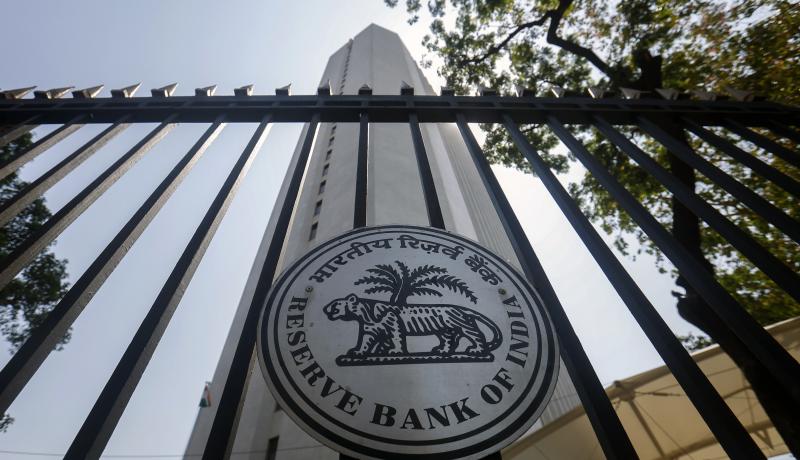
The notion of a truly independent central bank is an aspiration for much of Asia. However, central banks also happen to be the region’s strongest institutions, not fully independent but still exercising a great deal of independence in determining a country’s monetary and financial framework.
This has helped build credibility and to anchor public expectations about prices and direction of the economy. In short, Asian central banks should not be subject to political pressure by politicians, which is precisely what seems to be happening in India and the Philippines. The consequences are not going to be pretty.
India’s storied Reserve Bank of India (RBI) is one of India’s great institutions, consistently ranked alongside the Election Commission and the Armed Forces as public bodies which enjoy the greatest public trust.
Being located in Mumbai, the country’s commercial capital, also helps as the RBI has been able to build its reputation as being relatively distant from political decision makers in New Delhi.
Third governor in five years
Yet that distance has never seemed shorter in recent months as India’s finance ministry replaced former governor Urjit Patel with Shaktikanta Das, a seasoned career bureaucrat, whose views on monetary and financial policy is aligned with that of Prime Minister Narendra Modi’s government.
Das is RBI’s third governor in a little over five years – Raghuram Rajan’s term was not renewed in 2016 and Urjit Patel lasted a little over two years. Both Rajan and Patel have PhDs in economics from Ivy League institutions and cut their policy teeth at the International Monetary Fund (IMF), while Das is steeped in the generalist tradition of the Indian bureaucracy.
In the Philippines, President Rodrigo Duterte recently appointed his budget secretary Benjamin Djokno to be the new governor of the Bangko Sentral ng Pilipinas (BSP), the country’s central bank.
The BSP, like the RBI, is held in high esteem within the country and has traditionally been headed by a career central banker or someone with financial sector experience.
President Duterte had the option of appointing one of the BSP’s deputy governors but opted to send of his cabinet members, fuelling suspicions that the government was keen to exercise greater control over monetary policy.
To be sure, it is Djokno’s political proximity to the president rather than his qualifications (he has a doctorate in economics and is a prominent academic) which has fuelled suspicions about BSP’s independence moving forward.
The ructions within the RBI and BSP raise four broad concerns, with implications for the credibility of monetary and financial policy:
- Both Prime Minister Modi and President Duterte are centralisers of political power and the relative independence enjoyed by the central bank (and central bankers) is probably rankled. Raghuram Rajan enjoyed rock-star status as RBI governor during his tenure and his speeches (available in a fine book I do What I do, which is a best-seller in India) perhaps received as much public attention as pronouncements by the prime minister. Centralisers like Modi and Duterte probably resent the rise of the central bank as an alternative power centre.
- The concerns of political capture of the RBI and BSP is built on strong foundations. The Reserve Bank of India, under Das, approved the payment of $4 billion in an interim dividend to the central government, which served two purposes. It narrowed India’s fiscal deficit, which had widened in recent months, and also provided some fiscal space to step up social spending ahead of next month’s crucial parliamentary elections. The previous governor Urjit Patel had apparently refused to approve the dividend payment, leading to his eventual exit for ‘personal reasons’. It is early days for Governor Djokno but any departure from existing policy will raise concerns.
- There are worries about the future direction of monetary policy in India and the Philippines. Like President Trump, who has railed against the Federal Reserve Board for raising interest rates, Modi and Duterte have hinted that they regard monetary policy decisions to be taken on political rather than narrow technical considerations. Achieving price stability, anchoring inflation expectations, and determining the appropriate level of the rupee or peso are core central bank policy objectives, where the RBI and BSP have done rather well. Tainting this with politics will concern financial markets and confuse the general public. In Thailand, the Bank of Thailand and the Finance Ministry have been locked in a prolonged public tussle over the direction of interest rates, indicative of the rising political pressures.
- The final concern regards supervision of banks and the financial services industry. Here, India should be of greater concern compared to the Philippines because of last year’s collapse of Infrastructure Leasing and Financial Services (IL&FS), a major provider of infrastructure finance. The IL&FS debacle has aggravated liquidity conditions, making capital scarce for companies which need it the most. This comes on top of ongoing challenges in India’s state-owned banks, which require a capital boost of over $40 billion. A truly independent central bank, untethered by political considerations, could play a dispassionate role in remedying these financial challenges.
Asia’s remarkable economic success did not happen by accident. It was built on strong macroeconomic policies with the central bank having the policy space to determine the future direction of monetary policy.
With politics in play in New Delhi, Manila and other capitals, Asian central banks could become part of the problem rather than the solution to the region’s many economic challenges.
Vasuki Shastry, Associate Fellow, Asia-Pacific Programme.
